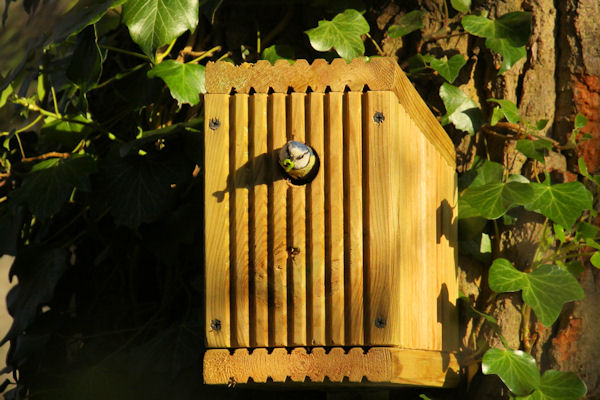Visiting Thrushes
The icy blast from Europe that brought the snow of the past week has also carried with it some hungry thrushes. When the weather gets too cold on the continent and in Scandinavia, a lot of birds head for the milder climes that the UK can offer.
Food and water resources freeze just when they are most in demand, so the smart thrush moves to a more conducive environment.
They traditionally visit during the winter anyway and there were already plenty of Redwings and Fieldfares to be seen, but the storm encouraged many more to make the journey. The numbers of Eurasian Blackbirds and Song Thrushes have also been swollen by the cold snap.
I was having trouble getting an acceptable picture of a Redwing from Bicknor Wood and almost cheated by using one from the berry bushes in Downswood. Thankfully the blog's integrity was maintained by a few accommodating birds along the southern side of the wood. The snow has melted a little and the squirrels have been stirring up the leaf litter. In turn this has attracted the thrushes.
The visitors are happy to root around for insects as well as take advantage of the abundance of berries on the hawthorns and hollies. The ivy fruits are a special favourite providing the Woodpigeons haven't already scoffed the lot. But the visitors won't stay for long. Once the temperature starts to rise again, they will return whence they came. A few may linger for a few more weeks, but most will go back as soon as the opportunity arises.
So now is your chance. Take a walk along the paths which skirt the southern boundary of the wood in Imperial Park and The Coppice. The thrushes will probably fly up as you walk along which makes it very easy to see them.
The Redwings have been very obvious this week, but look for a bigger thrush with a grey head and a contrasting back and tail. The Fieldfare is less confiding, but quite striking when you see one.










Comments
Post a Comment